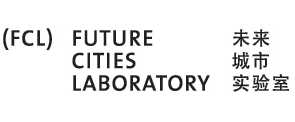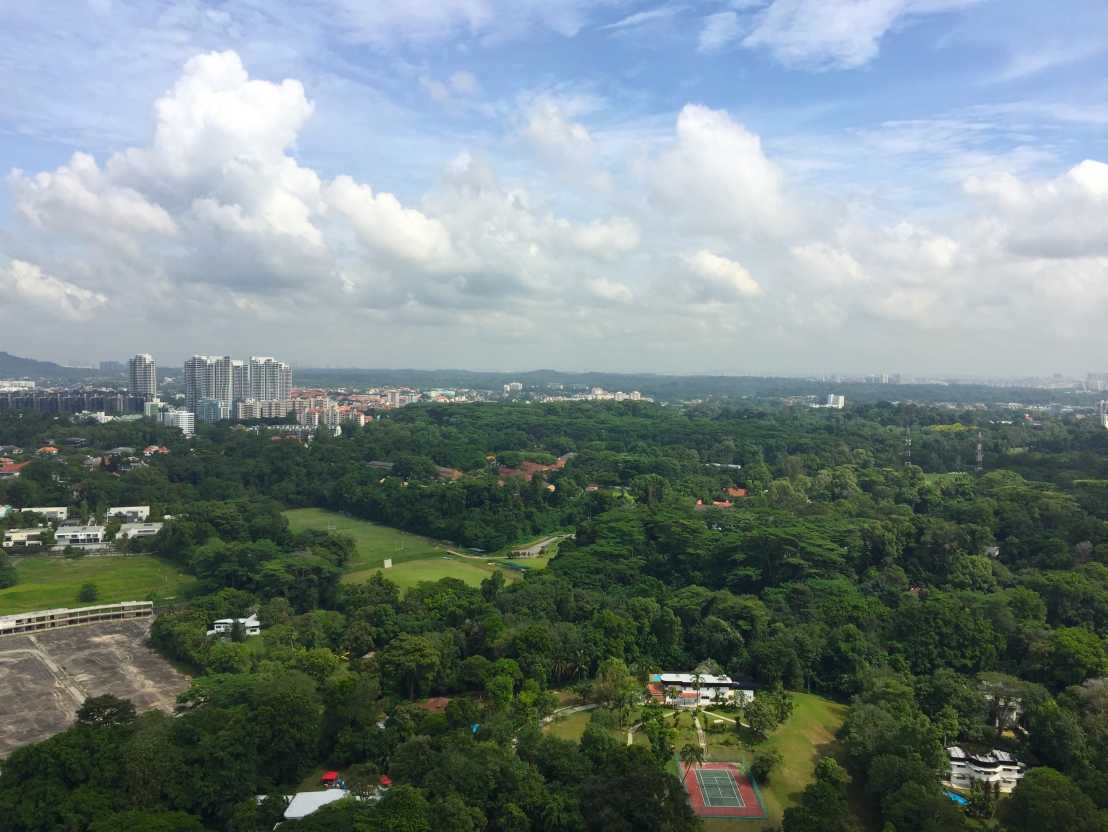Mapping ecosystem services in urban landscapes Future Cities Lab
Ecosystem services are provided in tropical cities like Singapore but to understand how, we must categorise different urban typologies in a systematic, data-driven way.
Introduction

Given the high heterogeneity of land cover in cities and the level of detail present in newly available satellite data and new surveying techniques, there is a need for new methods to synthesise this range of information to provide a comprehensive understanding of the territory and establish links to ecological, physical and social processes.
Motivation

Vegetation provides ecosystem services in urban environments, therefore, understanding the composition, structural pattern and health of urban greenery is important to evaluate the potential provision of services. The quantification of urban vegetation requires an understanding of the biophysical properties of plants as well as the configuration of such elements in the landscape. Such knowledge provides baseline information for the assessment of ecosystem services.
Goal
This study will explore the link between urbanization and ecosystem service provision by quantifying the ecological value of vegetation and the different urban typologies found across Singapore. This exploration will indicate neighborhoods that balance the trade-offs between providing different ecosystem services.
Approach
The research will include the development of a framework that integrates different sources of information to map the provision and the benefits of urban ecosystem services in Singapore. The first step is to create a typology of existing neighbourhoods across Singapore using very high resolution satellite data to extract information on land cover characteristics, namely land cover classes, heights, land surface temperature etc. These layers will then be clustered objectively into neighbourhood types. This partition of the territory will allow the relationships between the different urban typologies and their potential ecosystem services to be compared.
Further aspects of the research project will look in more detail at the biophysical properties of vegetation at a finer spatial scale. In particular, point cloud data describing horizontal and vertical vegetation structure will be obtained from terrestrial and airborne laser scanning. Hyperspectral data will similarly be collected to provide information related to its ecological functioning and diversity. The point cloud and hyperspectral data will be integrated to analyse field measurements that relate to the ability of vegetation to provide ecosystem services and to predict provision in new areas.
Duration
January 2017 to June 2020
Financing
The research is conducted at the Future Cities Laboratory at the Singapore-ETH Centre, which was established collaboratively between ETH Zurich and Singapore's National Research Foundation (FI 370074016) under its Campus for Research Excellence and Technological Enterprise programme.
Project team
The project is carried out as part of the Ecosystem services in urban landscapes at Future Cities Laboratory – SEC
Contact
Angela Dissegna
http://www.fcl.ethz.ch/people/Researchers/MariaDissegna.html